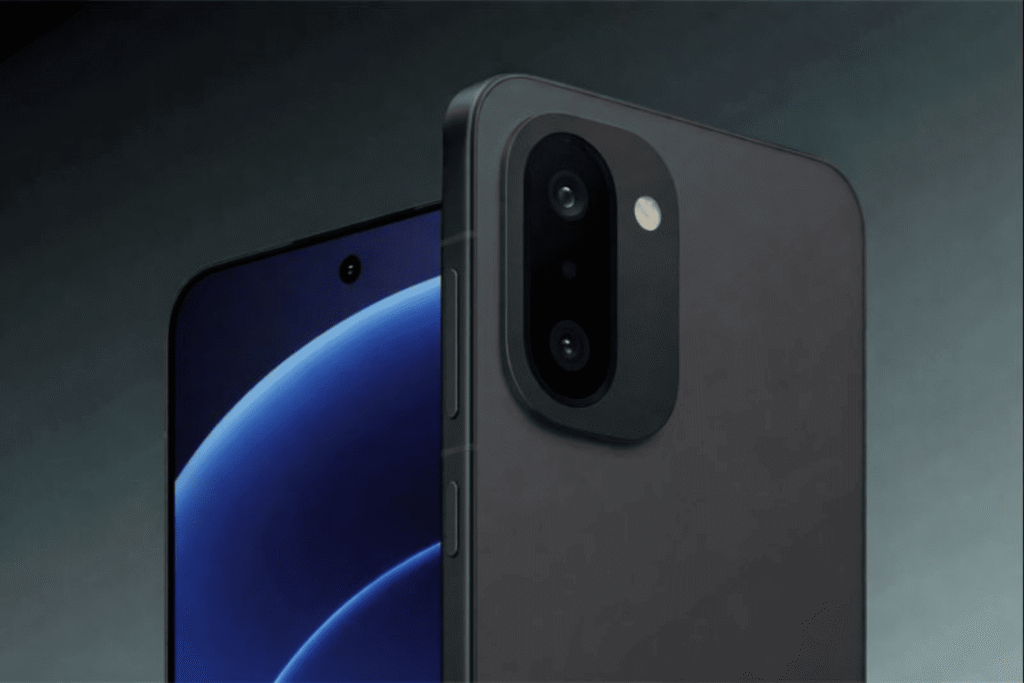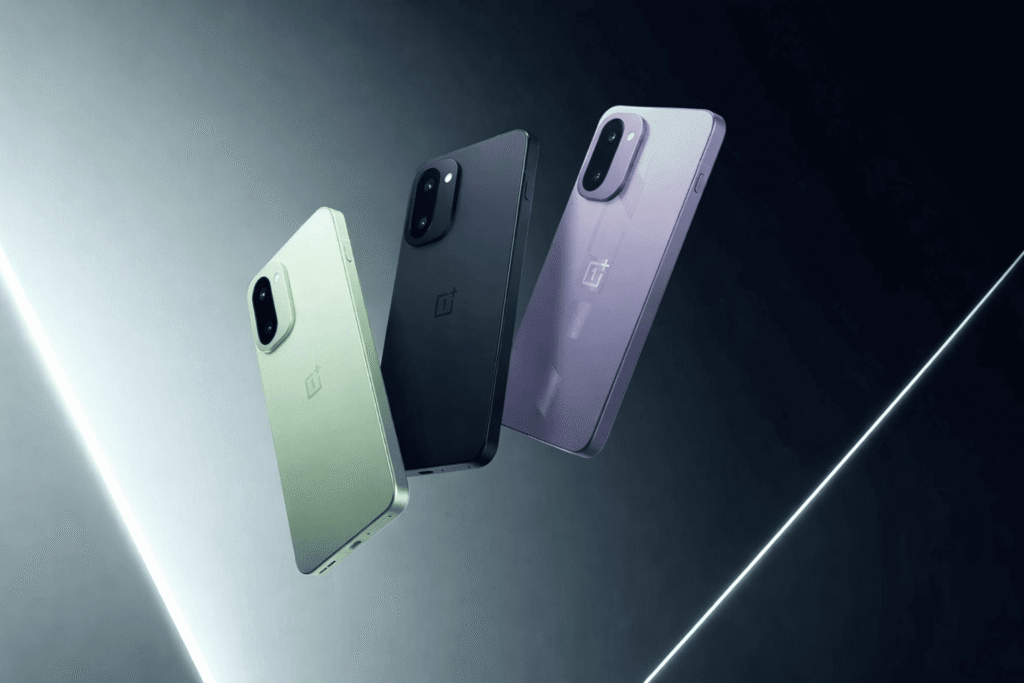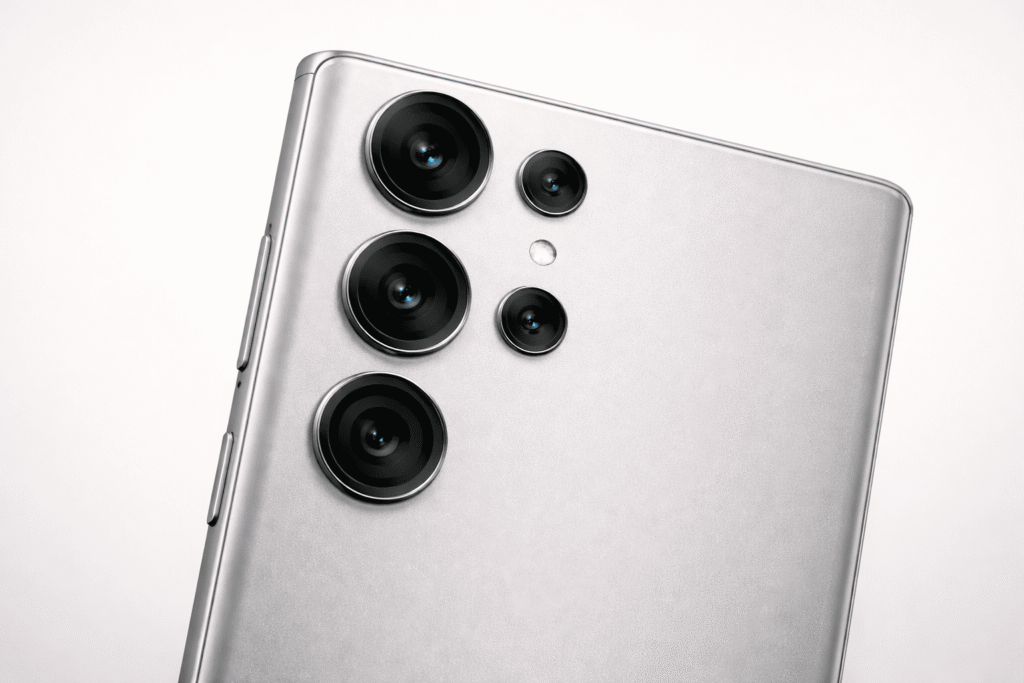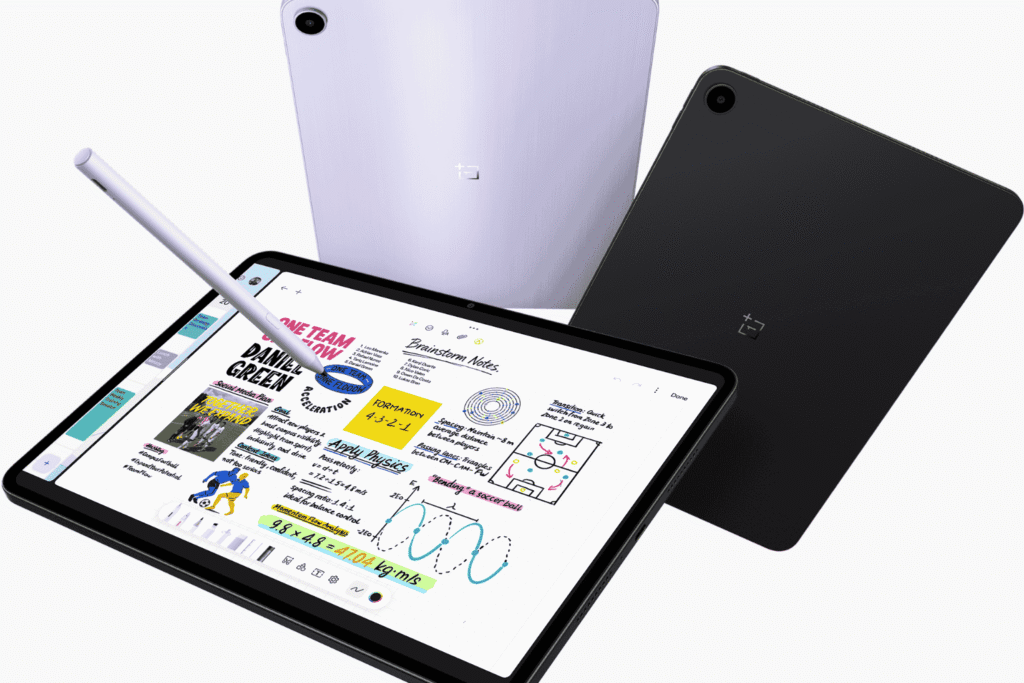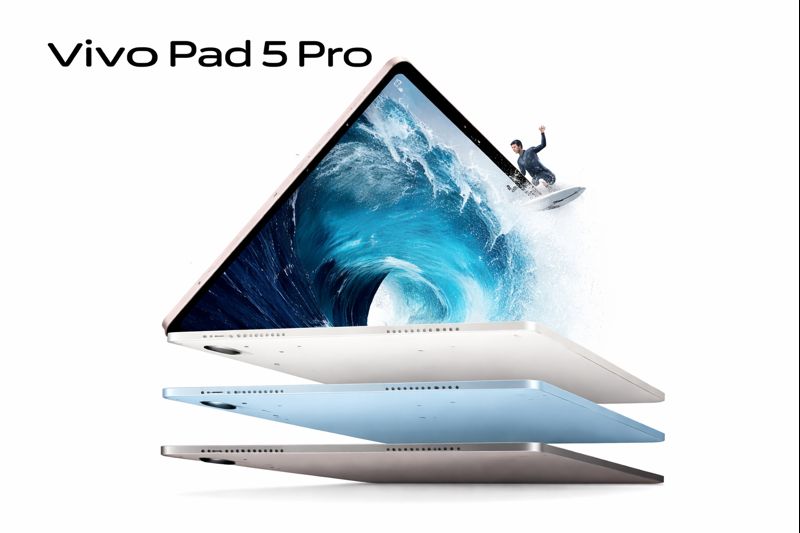OnePlus 15R Gaming Review: Testing Snapdragon 8 Gen 5 and 120FPS Support in India
The OnePlus 15R has landed in India with a clear mission: to demolish the performance benchmark set by its predecessors. While it’s marketed as an “R-series” mid-premium device, its spec sheet reads like a top-tier flagship. The headline feature is undeniable: it is the world’s first smartphone powered by the Qualcomm Snapdragon 8 Gen 5 (3nm) chipset. For Indian gamers, this raises two massive questions: Does this new chip deliver sustained performance without turning into a heater? And crucially, does it support 120FPS gaming in popular titles like BGMI? We spent 48 hours pushing the OnePlus 15R to its absolute limits. Here is our gaming review. The Hardware Advantage: Why Snapdragon 8 Gen 5 Matters Before we jump into gameplay, it’s crucial to understand the engine under the hood. The move to the 3nm Snapdragon 8 Gen 5 isn’t just a small upgrade over the previous Gen 3 or even the recent Elite chips. OnePlus claims an 11% GPU performance boost and significantly better power efficiency. Paired with up to 16GB of LPDDR5X Ultra RAM and lightning-fast UFS 4.0 storage, game load times are virtually non-existent. But raw power is nothing without control. OnePlus has equipped the 15R with an upgraded Cryo-Velocity Cooling System, featuring a massive vapor chamber designed to tame the new beast. Read Also: OnePlus 15R Launched at ₹47,999: Get it for ₹44,999 with Launch Offers Real-World Gaming Test in India We tested the device in a 25°C ambient room temperature, with “Pro Gamer Mode” enabled in the OnePlus Game Engine. 1. BGMI (Battlegrounds Mobile India) This is the big one for the Indian market. Settings: Smooth Graphics + Extreme+ Frame Rate (120FPS option). Performance: The OnePlus 15R handles BGMI at 120FPS like a dream. In a 45-minute Erangel match, including hot drops at Pochinki and intense final circle firefights, the frame rate counter remained glued to 118-120 FPS. Verdict: It’s flawless. The fluidity of 120Hz provides a genuine competitive advantage in close-quarters combat. 2. Call of Duty: Mobile (CODM) Settings: Low Graphics + Ultra Frame Rate (120FPS). Performance: Similar to BGMI, CODM runs perfectly at its maximum settings. The device easily sustains 120FPS in multiplayer matches. Even in the more demanding Battle Royale mode, dips were rare and imperceptible. 3. Genshin Impact (The Stress Test) Settings: Highest Graphics + 60 FPS mode. Performance: This is where most phones throttle. The Snapdragon 8 Gen 5 muscles through Genshin Impact impressively. For the first 30 minutes, it maintained a near-perfect 59.4 FPS average while exploring Fontaine and engaging in combat. Throttling: After about 40 minutes of continuous play, we noticed very minor micro-stutters as the device managed heat, dropping briefly to roughly 50-55 FPS before recovering. It is significantly more stable than last year’s flagship devices. Display & Touch: The 165Hz Edge A powerful GPU needs a fast display. The OnePlus 15R features a stunning 6.83-inch 1.5K AMOLED panel with a whopping 165Hz refresh rate. While most mobile games cap at 120Hz, the extra headroom makes the UI incredibly smooth. However, the real game-changer for competitive players is the 3200Hz instant touch sampling rate (enabled via a dedicated display chip). In games like BGMI, the delay between tapping the “fire” button and the action happening on screen is perceptibly lower than standard 240Hz panels. Read Also: OnePlus Pad Go 2 Review: Smooth Performance, Big Display, and What You Actually Get Thermals and That Massive Battery Did it overheat? Surprisingly, no. After one hour of intense Genshin Impact, the back of the phone reached a maximum temperature of 43°C near the camera module. It gets warm, but never uncomfortable to hold without a case. The new 3nm chip and cooling system are doing their job well. The 7,400mAh Battery Advantage: This is the biggest surprise for gamers. Gaming eats battery life, but the massive 7,400mAh Silicon-Carbon battery changes the equation. 1 Hour of BGMI (120FPS): consumed only 11% battery. 1 Hour of Genshin (Max): consumed only 16% battery. You can genuinely game heavily for 5-6 hours and still have enough juice for the rest of the day. Final Verdict: The New Gaming King Under ₹50k? At an effective starting price of ₹44,999, the OnePlus 15R is currently unrivaled in price-to-performance ratio in India. It delivers true flagship gaming performance, flawless 120FPS support in major titles, and a battery that outlasts every competitor. If your primary priority is mobile gaming, you don’t need to look at more expensive flagships. The OnePlus 15R is the weapon you need.
OnePlus 15R Gaming Review: Testing Snapdragon 8 Gen 5 and 120FPS Support in India Read More »

